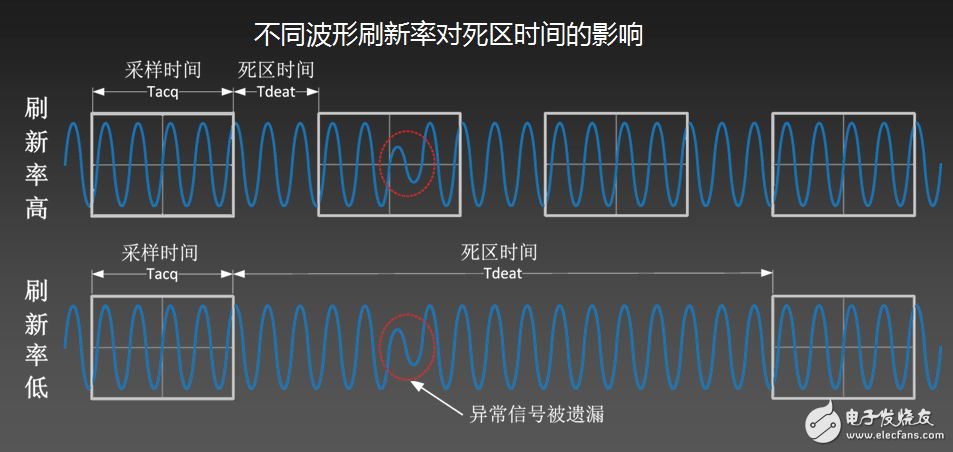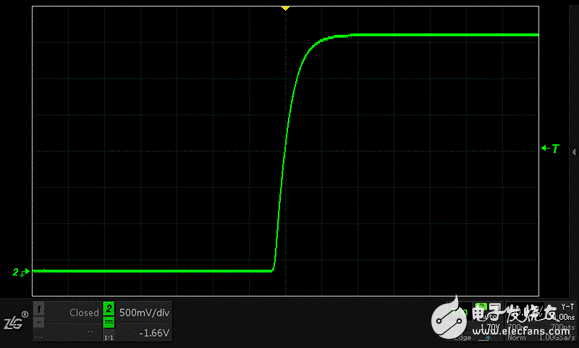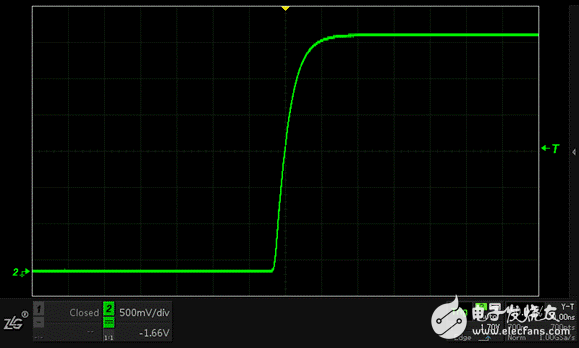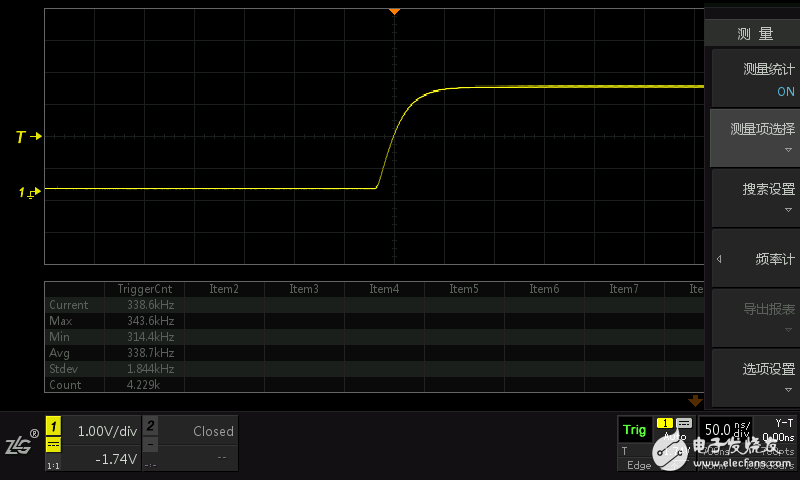Many engineers often find such a problem. The board that they have done has not found any abnormality during the debugging process, but found various problems or malfunctions after using it. The main reason is that the abnormal signal is not correctly captured during the debugging process, resulting in incorrect measurement results. So how do you get an overview of the anomalous signals during debugging? This actually tests the waveform refresh rate of the oscilloscope.
The waveform refresh rate, or waveform capture rate, refers to the number of waveforms captured per second, expressed as waveforms per second (wfms/s).
In fact, the process of oscilloscopes from acquiring signals to displaying waveforms on the screen consists of several capture cycles.
A capture cycle consists of a sample time and a dead time.
Sampling time refers to the process of converting an analog signal into a digital signal and storing it.
The dead time refers to the process of measuring, displaying, etc. the digital signal sampled and stored by the oscilloscope. The oscilloscope does not collect during the dead time.
It can be seen that the size of the dead time will affect the length of the capture period and affect the waveform refresh rate. As shown below:

Figure 1 Effect of different refresh rates on dead time
As can be seen from the figure, an oscilloscope with a higher waveform refresh rate has a shorter dead time and a higher probability of capturing an abnormal signal with a low probability in the waveform. Low-rate oscilloscopes take a long time to capture for low-probability anomalies due to the long dead time. This is why there are times when the circuit is clearly faulty and the waveform on the oscilloscope appears to be completely normal. We can look at a comparison chart as follows:

(Figure 2: glitch signal diagram of 5k wfms/s) 
(Figure 3: glitch signal diagram for 330k wfms/s)
The advantages of high waveform refresh rate can be clearly seen from the two dynamic comparison graphs, so the waveform refresh rate is an important factor that you must consider when purchasing the oscilloscope. Under certain conditions, the waveform refresh rate The higher the better, especially when doing signal integrity analysis, if the abnormal signal is not captured, it will affect your test results. ZDS2000 series oscilloscopes can reach a waveform refresh rate of up to 330kwfms/s, which is the best in the industry.
Through the above understanding of the waveform refresh rate, we can verify the waveform refresh rate. Take the ZDS2022 oscilloscope as an example.
First connect a 1M square wave signal, one button capture to get the normal waveform, click [Display] to change the display type to point display, adjust the time base gear to 50ns/div, let the full screen fill 700ns; click [Measure] Open the measurement statistics and click the trigger counter in the measurement option, that is, the number of times the waveform is triggered per second. Similarly, the waveform refresh rate of 330kwfms/s can be measured. As shown below:

Figure 4 Verify the maximum waveform refresh rate of the oscilloscope
The waveform refresh rate is related to the time base. Different models of oscilloscopes have different time bases for detecting the maximum waveform refresh rate. For example, the DPO2000 series manual of T Company has a nominal waveform refresh rate of 5.5kwfms/s, and the time base is adjusted to 200ns/div when verifying the maximum waveform refresh rate.
In summary, you should have a certain understanding of the oscilloscope's waveform refresh rate. Zhou Ligong Zhiyuan's ZDS2000 series oscilloscopes use large-scale FPGA technology, full hardware acceleration parallel processing, creating a new waveform refresh rate, up to 33 The waveform refresh rate of 10,000 times per second is much higher than that of the same product in the same industry. The dead time is shorter and the abnormal signal can be captured with greater probability.
If you are new to the concept of using an electric kettle, you might be overwhelmed by the variety of electric kettles that are displayed on the store shelves and have difficulty deciding which one would be the best to suit your individual needs or desires. This introduction will give you some basic information about some of the features that are available on various types of electric kettles so that you can make a more informed decision when choosing one for use in your home.
Features:
Spend few minutes to boil : After 5 minutes, hot water will finish for you to drink.
3 protection functions : The on/off button is on the handle, making it easy to turn the kettle off when you pick it up. A concealed heating unit reduces the amount of buildup in the kettle.
It will be a problem when you forget to close the button.Once the water boils the kettle shuts itself off.Do not have to worry about damaging it by letting it run dry. When water runs dry,It will cut the electric by itself.
Multiple Cups: Water can be loaded to 1.8Liter.
Materials :
Food grade stainless steel, more healthy and hygienic. PP handle wieh heat insulation material provides scald resistance. Durable controller performance with 360 degree rotation cordless base design.
OEM & ODM service : Try best to support you during production and provide better after-sales service.Enhance your brand popularity.
Application:
Make a cup of tea.
Boil eggs.
Cook noodles.
Electric Water Kettle
Electric Water Kettle,Aluminium Electric Water Kettle,Mini Electric Water Kettle,Stainless Steel Electric Water Kettle
Guangzhou Taipeng Electrical Appliances Technology CO., LTD. , https://www.taipengelectrics.com
